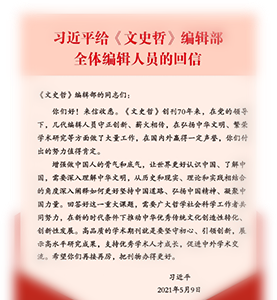“语言”作为一种方法而不止是载体形塑了先秦思想史。传统义理、训诂之争已属不必要,因为语言既然是思想展开的方法与艺术,那么义理和训诂就是一体相融而非对立相斥。近代学科整合为“语言作为方法”塑造了成熟的环境,汉字的多义性则表明语言的变异常常透显出意义的多层次性。镶嵌了蕴含浓厚政教训诲词藻的神圣经典,为中国思想的语言方法启导了源头。孔子确立名教更奠定了语言的礼教伦理作用。战国诸子如墨、道之批判儒家,针对的正是名教、名学方法的逻辑与理论,名家更以激烈的立场解构名教。荀子遂提出新名学,全面回应各种反名教的“名”论,为这段绵延数百年的“语言陈述”论辩暂时划上了句号。
Early Chinese Intellectual History in Language Discourse: Reexamining the Synchronicity of Philological and Philosophical Approaches
Dennis C.H. Cheng
This essay argues that “language” is not only a “medium” carrying “meaning” but essentially a “method” which structures the development of Chinese intellectual history of the pre-Qin period. While Chinese character is the unification of visual form, sound and meaning, Chinese “philology,” the study of the language as such, should not be limited to the study of verbal meaning of characters, likewise, the study of Chinese philosophy should not exclude the study of visual form and sound of Chinese characters. Base on the artistic “language discourses” in the Five Classics, Confucius declares his “ming jiao” (teaching of Names) in order to reinstate the social and political order by connecting/binding the moral meaning of ethic “names” to their sounds and visual forms, ethical responsibility will then be assigned to people in the society via the unification of “ming” (name) and “shi” (content). Later philosophers of the Warring State period respond to and criticize on the “ming jiao” by redefining/reinterpreting the relationship of “ming” and “shi.” The debates among philosophers on “language” construct a grand picture of “language discourses” and draw the main theme of Chinese intellectual history of the pre-Qin period.


